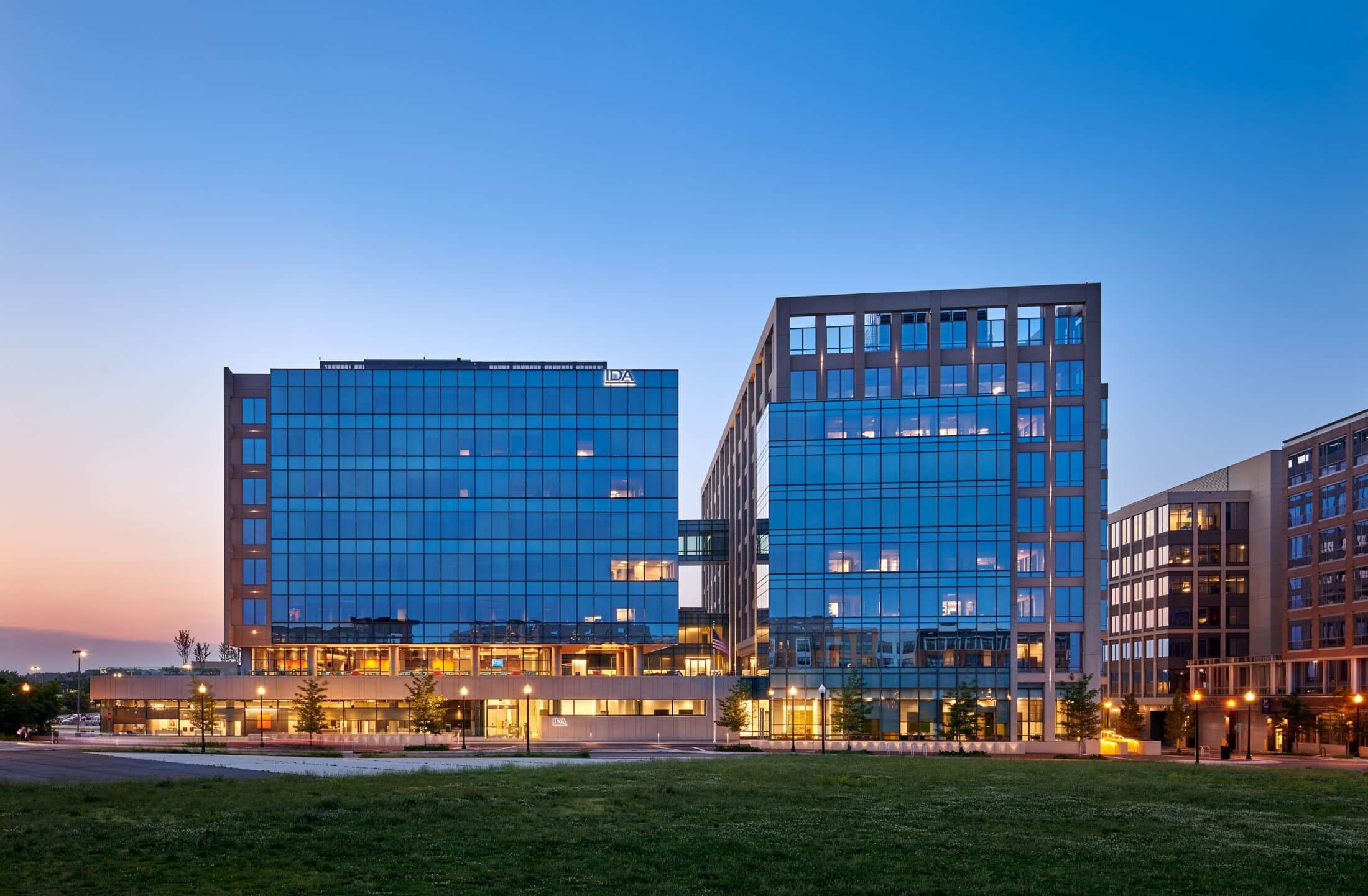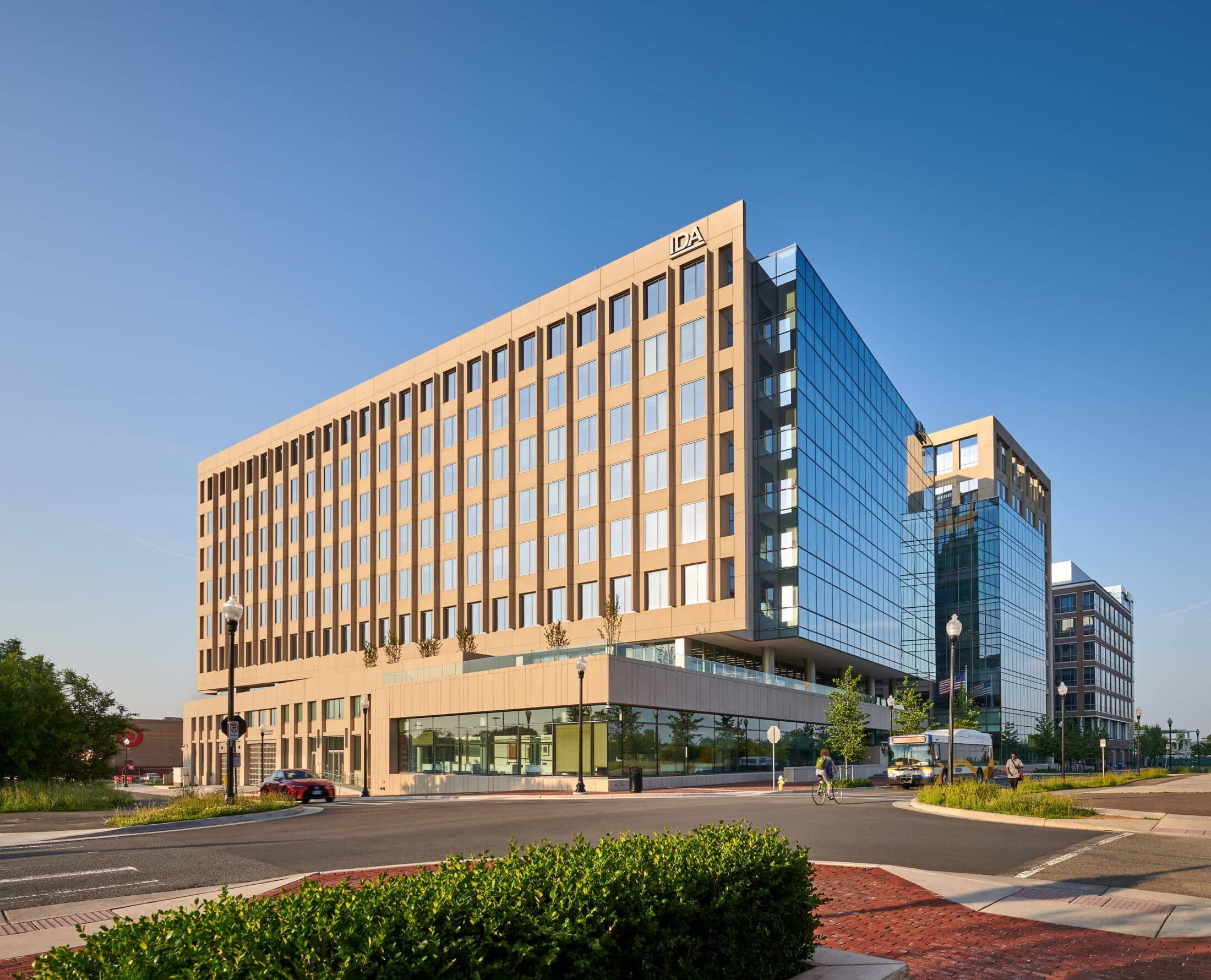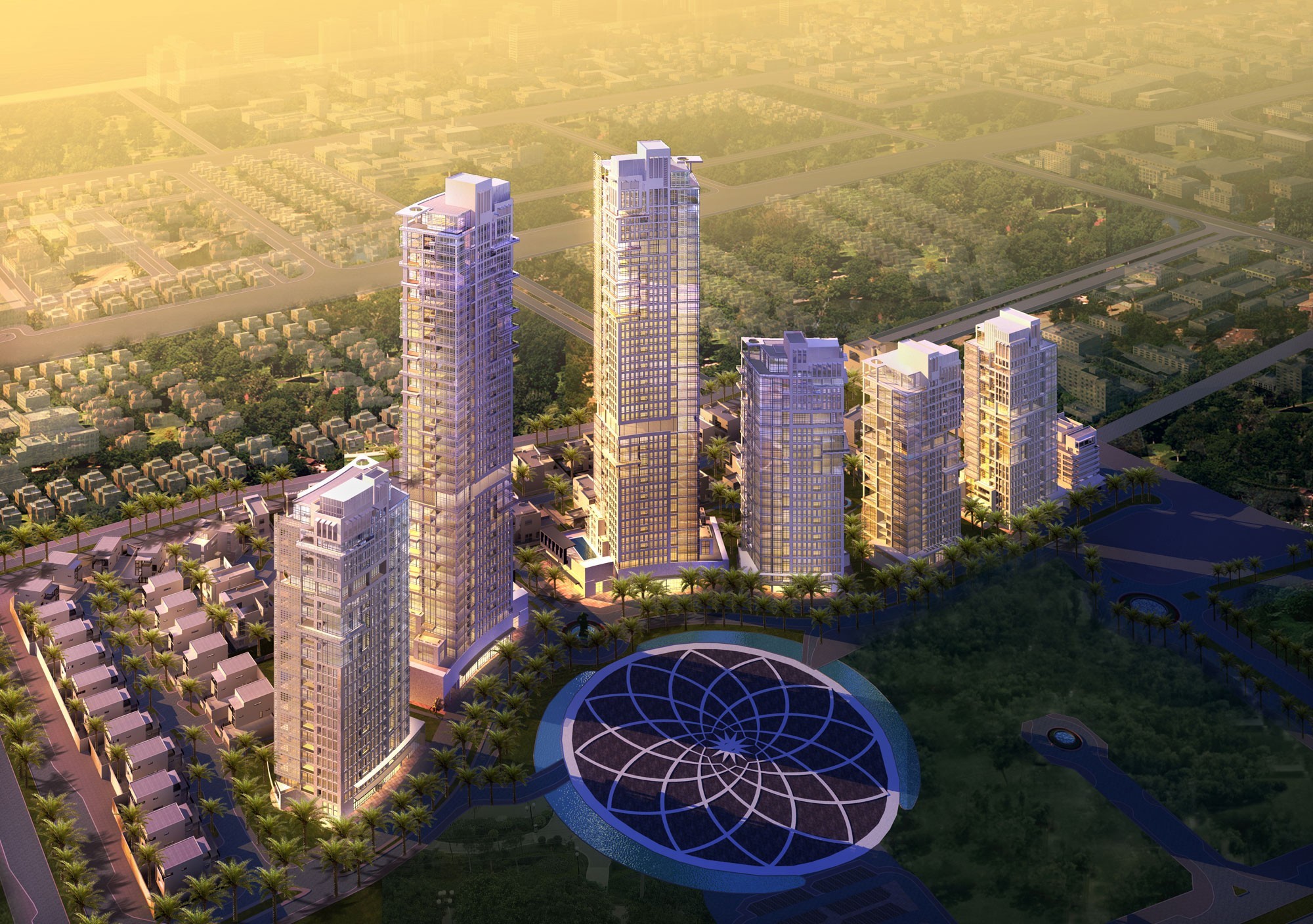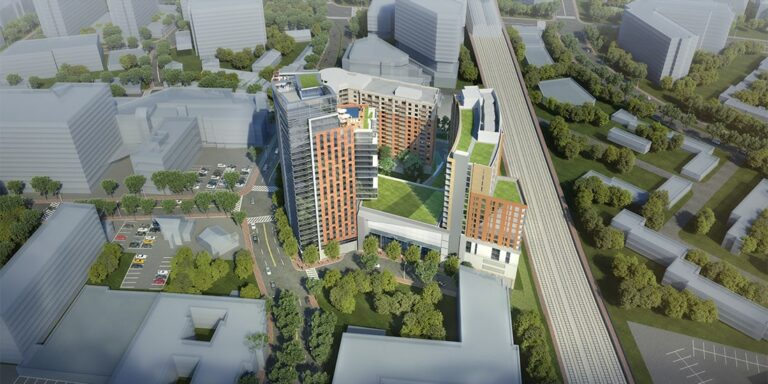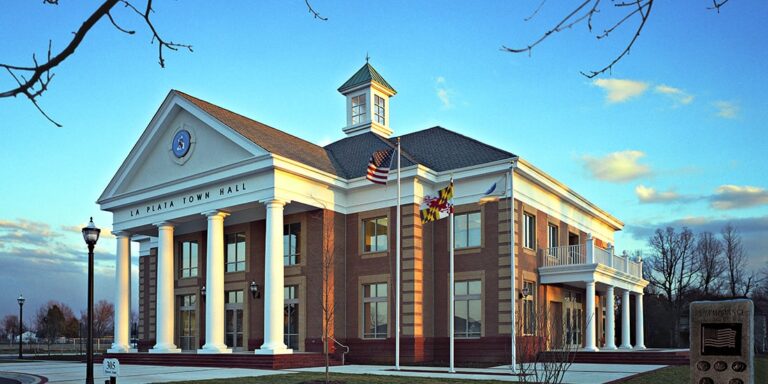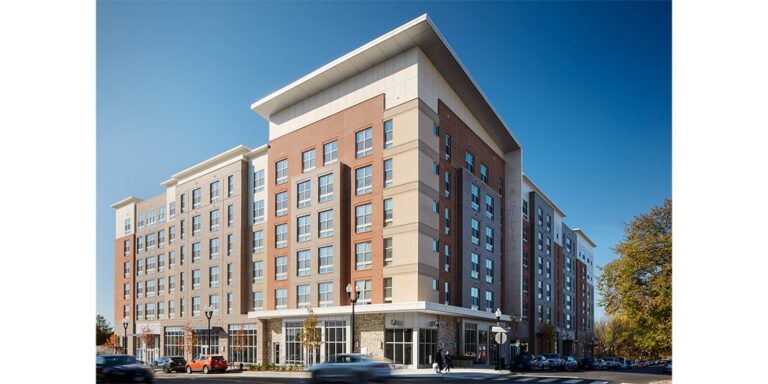Manoj Dalaya
AIA, KGD Architecture
Northern Virginia areas outside the Beltway continue to entice top companies as they lay out a feast of workforce and infrastructure resources to potential corporate citizens. Workforce, infrastructure and facility requirements grow ever more complex in today’s real estate market – the decision goes far beyond adequate square footage. Companies are competing with each other to recruit and retain a highly educated workforce, and to be successful in this effort they must offer the amenities potential employees seek, be that proximity to a robust public transportation system for commuters or the live-work-play community sought by many younger entrants into the workforce. Additional amenities are required in campus settings located a distance from transit centers. There is an increasing awareness among employees and employers of the benefit of integrating elements such as art, open space, and high-value landscapes into developments.
Sometimes a company engages with multiple stakeholders to promote growth for both the private and public sectors. These multiple relationships and considerations of sustainability, environmental requirements, stormwater and waste management make for challenging, complex projects that can be facilitated by business-friendly procedures and legislation on the part of Commonwealth and municipal government.
In a global, cloud-based data environment, all industries require convenient and reliable access to international travel and a sturdy and advanced technology infrastructure. This is particularly true of advanced manufacturing and data analytics in such fields as medical technology and bioinformatics, global logistics, research and development, and defense and security operations.
When corporations look to Northern Virginia as a location that may be able to deliver on these requirements, they are checking all the boxes. Although suburban, areas outside the Beltway are rapidly urbanizing, incorporating well-designed streets, parks and amenities that are critical to attracting potential corporate tenants and their employees to office parks. As construction on the Silver Line expands toward Dulles International Airport with an expected arrival date in the near future, the expansion has been a major driver of growth and establishes Northern Virginia as the next international hub. The new office destinations along the Silver Line such as Reston Station offer iconic office buildings steps from the Metro and midway between Dulles and DC.
Sophisticated high-tech companies such as The Aerospace Corporation, Northrop Grumman, Lockheed Martin, and GDIT that require enhanced security, power redundancy and top talent are creating projects outside the Beltway that are as complex as projects in highly urbanized areas inside cities. To accommodate this shift, the Northern Virginia zoning and regulatory system is becoming increasingly sophisticated, which requires intense community involvement and a commitment on the part of project teams to understand and work within the system. County boards find themselves voting on land use decisions that could account for millions of dollars and scores of jobs to bolster the Commonwealth’s economy.
Unique to Northern Virginia is the concentration of data centers, particularly within Fairfax and Loudoun Counties, which comprise the largest data center market in the world. Reasonable electricity, adequate water supply, a favorable tax policy, and a fiber network that was established early to support the federal government have attracted all the major players in the data center industry. In turn, this has made Northern Virginia viable to industries that depend on an advanced technology infrastructure and that benefit from the advancements in the technology field that then are utilized in other industries.
As future projects and blocks are developed along mass transit centers, cutting-edge technology will be used to collect data on patterns and behavior of occupants to deliver even more ease of use and convenience to its inhabitants. This next step in development will require buildings to integrate and connect to infrastructure and utilities in even more sophisticated ways, creating increasingly complex projects. Gramercy District, adjacent to the future Ashburn Metro station, is one such project that is creating a highly connected and integrated development.
The Transurban Operations Center in Fairfax County and National Rural Utilities Cooperative Finance Corporation campus (NRUCFC) in Dulles are two examples of projects that responded to the complex challenges imposed by both their corporate users and regulatory requirements.
Transurban transformed a warehouse close to the I-395 and I-495 highways for its Operations Center, entering into a public-private partnership with the Virginia Department of Transportation, thus triggering a complex layering of approval processes from Australia to the Commonwealth of Virginia. The facility is the ‘nerve center’ behind Virginia’s Capital Beltway Express Lanes, requiring power and connectivity 24/7/365 to monitor and immediately detect incidents through closed-circuit, roadway automatic detection cameras. The building is connected to miles of cable and communication feeds from traffic cameras, constantly interfacing with on-road technology that manages traffic and tolling operations on one of the most technologically advanced roadways in the country.
The NRUCFC was designed to support America’s electric cooperative network which delivers service to 42 million consumers. NRUCFC wanted a campus set in nature, with a traditional building that would align with the rural roots of its member organizations yet have its gaze firmly focused on a high- tech future. The state-of-the art facility combines traditional elements of Virginia architecture – drawing on Jeffersonian traditions for inspiration – with advanced systems centered on redundancy, energy efficiency and security.
Designed and built for a utility cooperative, the building had to be energy conscious, environmentally friendly and technologically innovative. Likewise, the company had to demonstrate to its customers and constituents that they were fiscally responsible; thus, cost effectiveness was an absolute requirement for this not-for-profit corporation. The project required an integrated design team structure that relied on intense participation of all stakeholders, including future users, site engineers, building engineers, contractors and building operators.
Transurban and NRUCFC are just two of many projects in Northern Virginia designed by KGD Architecture that represent the firm’s full engagement with our clients, the community and other stakeholders in meeting challenges posed by increasingly complex project requirements.

